Do you have a question about the TP-Link AC3200 and is the answer not in the manual?
Position the router horizontally with antennas extended for optimal signal performance.
Turn off the modem, remove battery if applicable, connect to router, and allow modem to restart.
Power on the router and confirm that the essential LEDs are stable and illuminated.
Connect your computer to the router either wirelessly via Wi-Fi or using an Ethernet cable.
Enter the router's IP address or URL in a web browser and log in with default credentials.
Create a new, secure username and password for the router's web management interface.
Select your region and time zone as part of the router's initial Quick Setup process.
Choose your internet connection type or use Auto Detect, then follow on-screen instructions.
Configure SSIDs and passwords for the 2.4GHz and 5GHz wireless networks.
Save your configuration, test the internet connection, and complete the Quick Setup process.
Download the TP-Link Tether app to manage your network conveniently from your mobile device.
Utilize USB ports for media sharing, storage, printer sharing, and remote FTP server access.
Troubleshoot issues where the router's login page does not appear or is inaccessible.
Resolve problems related to not being able to access the internet after setup.
Learn how to restore the router to its original factory default settings using the reset button or web interface.
Steps to recover or reset the forgotten web management password for the router.
Find out how to retrieve or reset your Wi-Fi network password, either from the label or web interface.
Position the router horizontally with antennas extended for optimal signal performance.
Turn off the modem, remove battery if applicable, connect to router, and allow modem to restart.
Power on the router and confirm that the essential LEDs are stable and illuminated.
Connect your computer to the router either wirelessly via Wi-Fi or using an Ethernet cable.
Enter the router's IP address or URL in a web browser and log in with default credentials.
Create a new, secure username and password for the router's web management interface.
Select your region and time zone as part of the router's initial Quick Setup process.
Choose your internet connection type or use Auto Detect, then follow on-screen instructions.
Configure SSIDs and passwords for the 2.4GHz and 5GHz wireless networks.
Save your configuration, test the internet connection, and complete the Quick Setup process.
Download the TP-Link Tether app to manage your network conveniently from your mobile device.
Utilize USB ports for media sharing, storage, printer sharing, and remote FTP server access.
Troubleshoot issues where the router's login page does not appear or is inaccessible.
Resolve problems related to not being able to access the internet after setup.
Learn how to restore the router to its original factory default settings using the reset button or web interface.
Steps to recover or reset the forgotten web management password for the router.
Find out how to retrieve or reset your Wi-Fi network password, either from the label or web interface.
| Ports | 1x Gigabit WAN, 4x Gigabit LAN |
|---|---|
| USB Ports | 1 x USB 3.0, 1 x USB 2.0 |
| Antennas | 6x External Antennas |
| Dimensions | 200 x 200 x 39 mm (7.9 x 7.9 x 1.5 in) |
| Wi-Fi Standard | 802.11ac |
| Wi-Fi Speed | Up to 3200 Mbps |
| Bands | Tri-Band |
| Processor | 1 GHz dual-core processor |
| Memory | 256 MB RAM, 128 MB Flash |
| Security | WPA/WPA2 |

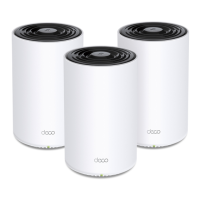
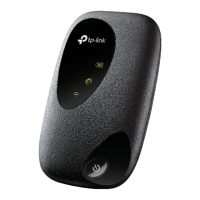

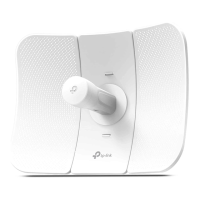
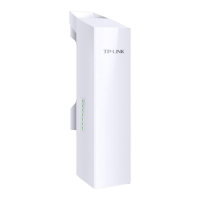
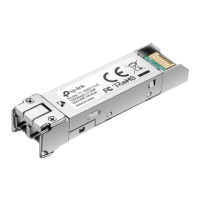
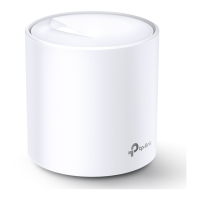
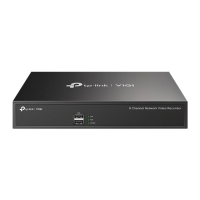

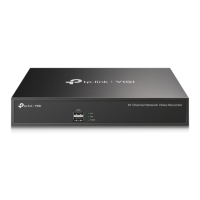
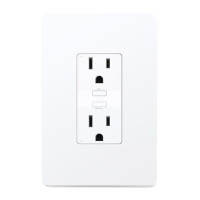
